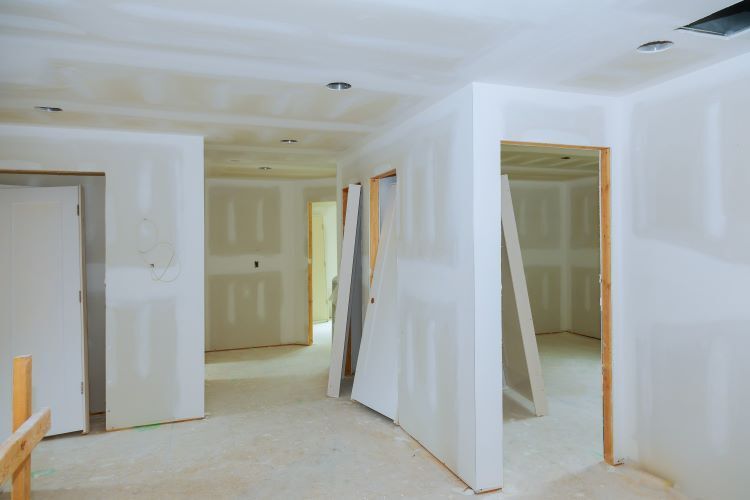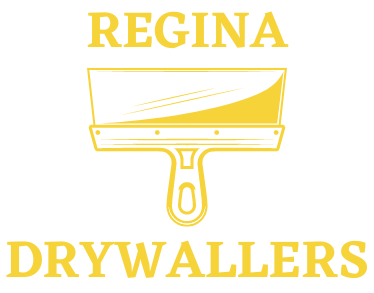How Long Does it Take to Drywall a Basement

Drywalling is one of the most crucial steps in any basement renovation. It transforms bare walls into smooth, finished surfaces, setting the stage for further design and functionality. But how long does it actually take to drywall a basement? This timeline can vary based on several factors, such as the size of your basement, the complexity of the layout, and the skill level of the crew handling the job. In this guide, we’ll cover the essential steps involved in drywalling a basement, average timeframes for each, and tips for making the process as efficient as possible.
Step 1: Planning and Preparation
Before the first sheet of drywall goes up, there’s a bit of planning and preparation involved. This step includes taking measurements, ordering the correct amount of drywall sheets, and gathering necessary materials like insulation, corner beads, and joint compound. If any additional prep work is needed, such as framing adjustments or applying moisture-resistant barriers, that should also be completed before the drywall installation begins.
Average Time: 1-2 Days
Step 2: Insulation and Moisture Protection
Insulating your basement walls is essential for maintaining a comfortable temperature and preventing mold growth. Adding a moisture barrier may also be necessary in basements where humidity is a concern, particularly in regions like Regina, where winters can be harsh. Moisture-resistant drywall, also known as green board, is another option, especially for basements with a higher risk of moisture intrusion.
Average Time: 1 Day
Step 3: Installing Drywall Panels
This is the stage where your basement starts to take shape. Drywall panels are carefully installed on the framed walls, with each sheet secured with screws. If your basement has intricate layouts, such as alcoves or utility access panels, these areas may require custom cutting and fitting, which can add time to the installation process.
For a standard basement, drywalling typically involves two installers, one to position and secure the sheets and another to support and pass the sheets into place. Depending on the complexity of the layout and the size of the basement, this phase can take anywhere from a day to a few days.
Average Time: 2-3 Days
Step 4: Taping and Mudding
After the drywall sheets are secured, the seams between each sheet must be taped and covered with joint compound, or "mud." This step ensures a smooth finish and hides any seams, screws, or imperfections. In most cases, multiple layers of compound are required, with drying time in between each coat. This step requires patience to allow the compound to dry fully, especially in colder or more humid environments that can slow down drying time.
For most basements, applying and sanding down the layers of mud takes around three days, allowing 24 hours of drying time between each layer. If you’re after a particularly smooth finish, an additional coat and sanding session may be necessary.
Average Time: 3-5 Days
Step 5: Sanding and Priming
Once the compound is fully dry, the surface must be sanded to create a smooth, even finish. Sanding helps remove any bumps or rough spots, making it easier to achieve a professional-looking finish. After sanding, a primer is applied to prepare the walls for painting. Primer helps paint adhere better to drywall and provides an even base for the final color.
Average Time: 1-2 Days
Step 6: Final Inspection and Touch-Ups
Before calling the project complete, a final inspection ensures that every surface is smooth, every corner is sharp, and there are no visible imperfections. Any areas that need touch-ups will be re-sanded, re-taped, or re-mudded as necessary. While this may seem minor, attention to detail here is crucial to achieving that polished, professional look.
Average Time: 1 Day
Total Time Estimate: 7-10 Days
On average, drywalling a standard-sized basement takes around 7-10 days, assuming each step proceeds smoothly and there are no unexpected delays. Larger basements or basements with complex layouts can take up to two weeks, while smaller, straightforward layouts may be completed in less than a week.
Factors That Can Affect the Timeline
- Basement Size and Layout: Larger basements or those with non-standard layouts require more time for measuring, cutting, and securing drywall sheets.
- Moisture Conditions: In cases where moisture is a concern, additional time may be needed to apply moisture-resistant materials or sealants.
- Weather and Drying Times: Humidity and cold can slow drying times for joint compound, potentially extending the timeline.
- Experience of the Installers: Experienced professionals work more efficiently and avoid errors that might require rework.
- Additional Customizations: Special features, like alcoves or recessed lighting, may add to the time due to custom cutting and installation requirements.
How to Speed Up the Drywalling Process
If time is a priority, there are ways to speed up the drywall installation process without compromising quality:
- Hire Experienced Professionals: Skilled drywall installers can complete the work faster and often avoid mistakes that add time to the project.
- Use Fast-Drying Compound: For projects on a tight timeline, fast-setting joint compound can be a helpful alternative to traditional mudding.
- Ensure Proper Ventilation and Heating: Using fans and heaters can help speed up drying times for mudding in colder, more humid basements.
- Prepare Your Space in Advance: Clearing out the work area and ensuring easy access to tools and materials can help installers work more efficiently.
Wrapping Up
Drywalling your basement is a significant step in any basement renovation, transforming a raw space into a usable, inviting part of your home. While it’s a process that takes time, the result is well worth it. By working with experienced professionals, you can achieve a polished look that’s both durable and visually appealing, adding long-term value to your home.
If you’re planning a basement renovation in Regina, partnering with professionals like Regina Drywallers can make all the difference. With skilled installers who understand the unique needs of local homes, you can count on a high-quality finish that’s completed efficiently. Get in touch with us to discuss your basement drywall needs and to receive a personalized estimate for your project.
You Might Also Enjoy:



Contact Us!
